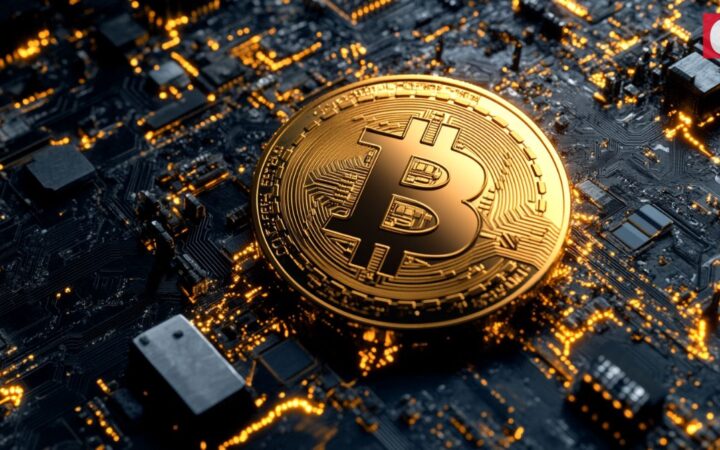
MSTR Stock Recovery Can Begin Anytime as Institutional Demand Jumps
Analysts say Strategy (MSTR) is trading at just a 10% premium to its Bitcoin net asset value, and any surge in BTC price could lead to MSTR stock upside.
Everything you need for the flagship crypto: from price movements and halving cycles to institutional adoption, on‑chain metrics and market strategy around Bitcoin. Follow how Bitcoin’s narrative evolves, why it matters to global finance, and what shifts could impact its future role as digital gold.

Analysts say Strategy (MSTR) is trading at just a 10% premium to its Bitcoin net asset value, and any surge in BTC price could lead to MSTR stock upside.

Asset manager VanEck noted that Bitcoin’s recent 4% hashrate decline mirrors past periods where miner exits preceded positive 90-day BTC returns.

The IMF said negotiations with El Salvador over the future of the Chivo Bitcoin wallet are well advanced.

The crypto market digested a mix of good and bad macro news from the US and Japan without panic, as both countries show cooling inflation.

Bitcoin-based investment products recorded strong inflows just a day before the release of the first US inflation report since October.

Economist Peter Schiff said that MSTR stock correction is not over, predicting another 50% crash and Bitcoin price drop under $50,000.

MSCI’s proposal to remove crypto-heavy companies from its key indexes could cause $10B-$15B in outflows.

On-chain data shows Bitcoin testing a critical investor cost basis near the $81,500 TMMP level, while in total 4K BTC were transferred to Binance.

Spot Bitcoin ETFs recorded $277 million in net outflows on December 16, led by BlackRock’s IBIT, as total ETF AUM fell sharply over the past two months.

Bhutan commits up to $1 billion in Bitcoin to build the world’s first mindfulness-based economic hub.

MSTR fell as Bitcoin hovered near $90K. Saylor’s Strategy bought 10,645 BTC for ~$980M, lifting its treasury to 671,268 BTC.

Grayscale forecasts that Bitcoin will reach a new price high in early 2026, driven by rising institutional capital.

Brazil’s largest private asset manager Itaú Asset Management endorses a 1%-3% Bitcoin allocation.

Binance’s “wholecoiner” Bitcoin inflows have dropped to 2018 lows, but retail investors keep triggering selling pressure.

Saylor teases fresh BTC buy with “Back to More Orange Dots” as BTC hovers near $90K; Strategy holds ~660,624 BTC after Dec. 12 add.